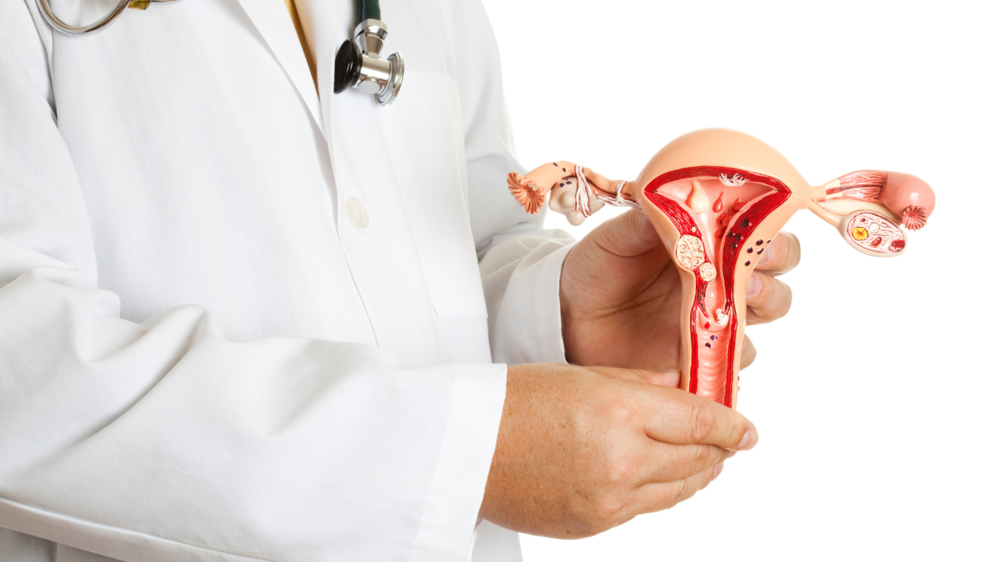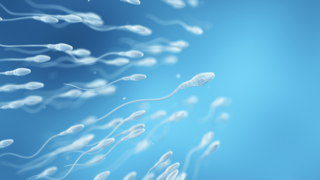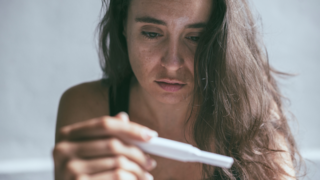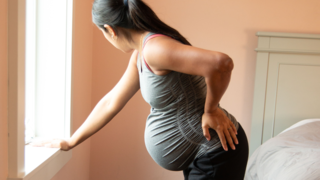In this article:
What a Hysterectomy Actually Involves
Before understanding how pregnancy could theoretically occur after the procedure, it’s important to know what a hysterectomy entails.A hysterectomy may be performed for reasons such as uterine fibroids, endometriosis, severe bleeding, adenomyosis, uterine cancer, or prolapse. Depending on the reason and the extent of surgery, it can take different forms:
- Total hysterectomy: The entire uterus and cervix are removed. This is the most common type and eliminates the possibility of pregnancy.
- Subtotal (partial or supracervical) hysterectomy: The upper part of the uterus is removed, but the cervix remains.
- Radical hysterectomy: The uterus, cervix, part of the vagina, and surrounding tissues are removed, usually due to cancer.
- Hysterectomy with oophorectomy: If the ovaries are also removed, it induces surgical menopause because hormone production ceases.
Why Pregnancy After Hysterectomy Is Usually Impossible
Without a uterus, pregnancy cannot occur. The uterus is essential for implantation, the stage where a fertilised egg attaches to the uterine lining to develop into an embryo. Even if the ovaries remain, eggs released during ovulation cannot find a viable environment to implant.However, confusion arises because:
- Ovulation may continue briefly after a hysterectomy if the ovaries are preserved, leading to cyclical hormone changes.
- Some women experience phantom pregnancy symptoms, such as bloating, nausea, or missed periods, due to hormonal fluctuation or post-surgical effects.
- In extremely rare cases, ectopic pregnancies have been documented months or even years after a hysterectomy, when fertilisation occurs but the embryo implants outside the uterus, usually in the fallopian tube or vaginal cuff.
Rare Exceptions and Documented Cases
While spontaneous pregnancy after a hysterectomy is virtually impossible, science has recorded two distinct categories of post-hysterectomy pregnancy phenomena:1. Ectopic (Tubal or Cervical Stump) Pregnancies
- It occurs when a fertilised egg implants in the remnant of a fallopian tube or cervix after a partial hysterectomy.
- They are non-viable and often life-threatening due to internal bleeding.
- The reported onset can range from a few weeks to several years after the surgery.
- A medically supervised fertility innovation where a uterus from a donor (living or deceased) is transplanted into a recipient.
- The recipient can then undergo IVF using her own eggs or donor eggs.
- The first successful live birth after a uterine transplant occurred in Sweden in 2014, followed by cases in India, the US, and Brazil.
- These pregnancies are high-risk, closely monitored, and currently available only at select research or tertiary medical centres.
- The biological mother’s eggs (retrieved before or after hysterectomy, depending on ovarian status) are fertilised via IVF, and the embryo is implanted in a surrogate’s uterus.
- This is the most accessible route to biological motherhood after a hysterectomy.
Medical Risks of Pregnancy After Hysterectomy
If pregnancy occurs after a hysterectomy, most commonly as an ectopic gestation, it is considered a medical emergency. Because there is no uterine cavity, the embryo cannot grow safely.Risks include:
- Internal haemorrhage: As the pregnancy grows in an unsuitable site, such as a fallopian tube or vaginal cuff, tissues can rupture, causing severe bleeding.
- Shock and sepsis: Delay in diagnosis can lead to systemic infection and collapse.
- Misdiagnosis: Early post-hysterectomy symptoms (like abdominal pain or vaginal bleeding) may be mistaken for post-surgical complications rather than pregnancy.
- Life-threatening outcomes: Mortality rates in undiagnosed ectopic pregnancies post-hysterectomy are significantly higher than typical ectopic cases.
Fertility Options After Hysterectomy
If your uterus has been removed but your ovaries are intact, several medical options can help you experience parenthood, biologically or otherwise.1. In Vitro Fertilisation (IVF) with Surrogacy
Eggs can be retrieved from your ovaries and fertilised with your partner’s sperm. The resulting embryos can be transferred to a surrogate’s uterus.- Success rates vary between 40%–60% depending on age and egg quality.
- You remain the biological mother if your egg and your partner’s sperm are used.
2. Uterine Transplantation
Still an emerging field, this option allows women without a uterus to carry a pregnancy after receiving a donor uterus.- The uterus is transplanted surgically, followed by IVF.
- The pregnancy is monitored as high-risk, and the uterus is usually removed after delivery to avoid long-term immunosuppressive drug use.
- India has recorded successful uterine transplant births since 2017 at select centres in Pune and Ahmedabad.
3. Adoption or Foster Care
For many couples, emotional fulfilment and family building are achieved through adoption. India’s Central Adoption Resource Authority (CARA) oversees the legal and ethical adoption process.4. Egg or Embryo Freezing (Before Hysterectomy)
If a hysterectomy is planned (for fibroids, adenomyosis, or cancer), preserving eggs or embryos beforehand ensures biological continuity later via surrogacy.When to See a Doctor Immediately
Even though pregnancy is deemed impossible post-hysterectomy, certain symptoms require urgent evaluation, especially if the ovaries were preserved:- Sudden lower abdominal pain
- Unexplained vaginal bleeding
- Dizziness, fainting, or shoulder pain (possible signs of internal bleeding)
- Persistent bloating or nausea
Pregnancy after a hysterectomy is, in most cases, biologically impossible and medically unsafe. While rare ectopic gestations have been documented, they are emergencies, not viable pregnancies. However, with advances in IVF, surrogacy, and uterine transplantation, motherhood remains within reach for many women who’ve undergone hysterectomy. If you’re facing this decision, speak with your gynaecologist and a fertility specialist to explore safe, science-backed options that align with your health and emotional well-being.
You’re not alone in your journey when trying to conceive. Join our supportive community to connect with others, share experiences, and find encouragement every step of the way.
FAQs on Pregnancy After Hysterectomy: What Medical Science Says About Rare and High-Risk Cases
- Can a woman get pregnant naturally after a hysterectomy?
No. Natural conception and uterine pregnancy are biologically impossible after the uterus is removed. Rare reports of “pregnancy” post-hysterectomy are usually ectopic and non-viable. - If the ovaries are left intact, can eggs still be used for pregnancy?
Yes. If your ovaries are functional, eggs can be retrieved for IVF and surrogacy, allowing for a biological child even without a uterus. - Is a uterine transplant available in India?
Yes, but only in select tertiary centres and under strict ethical and medical supervision. It is expensive and still considered experimental. - Are there emotional risks associated with a hysterectomy for young women?
Yes. Feelings of loss or diminished identity are common. Early counselling, peer support, and clear communication about fertility options can ease recovery.











